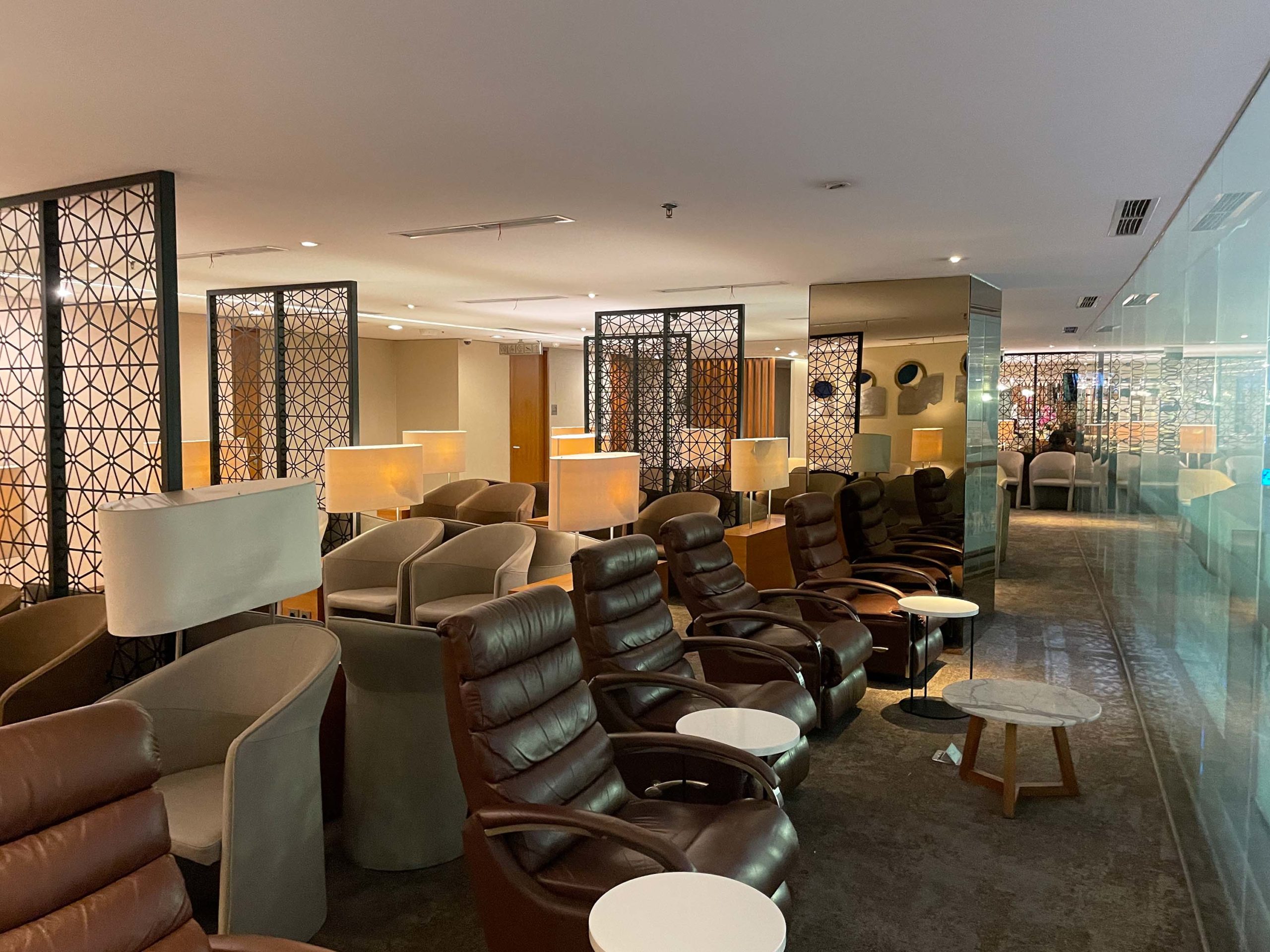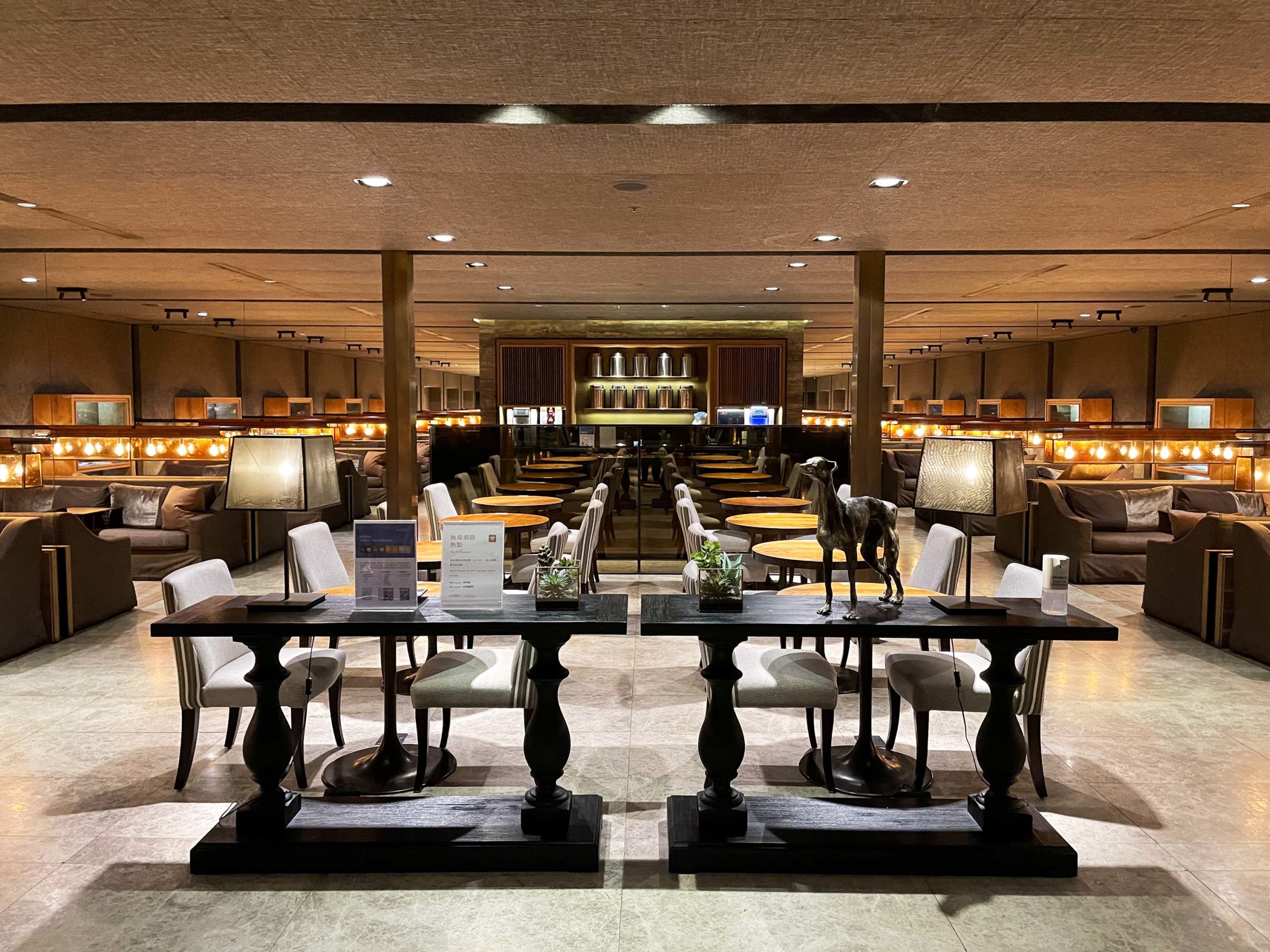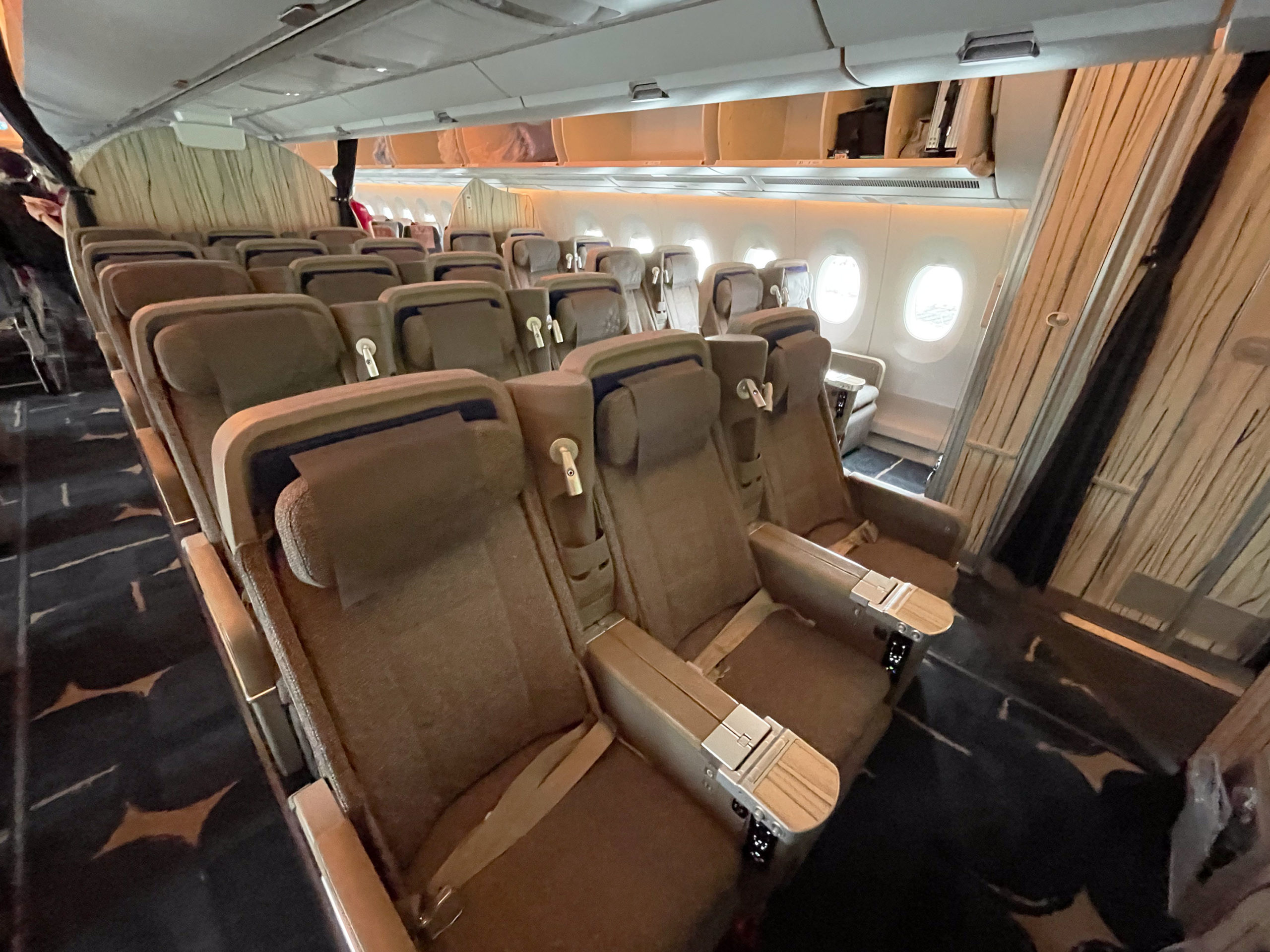
China Airlines flight details
Airline : China Airlines
Flight No : CI 762
Departure City : Jakarta – Soekarno-Hatta (CGK)
Arrival City : Taiwan Taoyuan (TPE)
Equipment : Airbus A350-900 (B-18919)
Blocked Time : 3h50m
Seat No: 31K
First, China Airlines is the state-owned flag carrier of Taiwan. The airline was founded in September 1959, the airline has had a relatively unassuming reputation for much of its history. Starting in 2010, it entered the global stage by joining the SkyTeam Alliance. This path of transformation continues today, as the airline refreshes its fleet, featuring beautiful cabin designs distinct to the airline.
Whilst I have written extensively about the airline’s Business Class on the A350-900 and the Boeing 777-300ER, I will take a closer look at the Premium Economy product in this review. Since my experience on the return portion of the trip is identical to my outbound portion, I will not be writing a separate review for that. Instead, where appropriate, I will add supplementary comments from the return portion.
Booking China Airlines
I booked this China Airlines flight as part of a last-minute round-trip Premium Economy Class itinerary between Jakarta and Taipei. For this, I paid IDR9,578,000 (~USD 610, GBP 505). Since Economy Class was going for IDR7,590,000 (~USD483, GBP 399), it seemed like a no-brainer to upgrade to Premium Economy. During the booking process, I managed to assign seats for myself, which was easy enough.
Check-in
I arrived at Soekarno-Hatta International Airport two hours early for this 14.40 departure. Since the China Airlines check-in desks are located on Island B, I was dropped off by Door 2, which is a short walk away from the desks. Curiously, China Airlines shares Island B with EVA Air, which operates a similarly timed service to Taipei.

Since I arrived two hours before the scheduled departure of the flight, the counters were already serving other passengers when I arrived. Noticeably, China Airlines has a dedicated Premium Economy Class counter, which remained quite empty for the whole time I was there. This is definitely beneficial compared to the long line populating the Economy Class check-in desks. Due to my SkyTeam Elite Plus status, I was able to check in at the SkyPriority counters, which are similarly empty. After reconfirming my itinerary and documents, I was shortly issued my boarding pass for the flight.
Lounge
Like Economy Class, China Airlines Premium Economy passengers are not ordinarily permitted to access the lounge. However, I was able to visit the Garuda Indonesia Lounge courtesy of my KLM Flying Blue Gold membership, which equates to SkyTeam Elite Plus status. In Taipei, I had access to the China Airlines Lounge. I’ve reviewed both the China Airlines Lounge D (Terminal 2) and the China Airlines Lounge A (Terminal 1), previously.


Boarding
After about an hour at the lounge, I made my way to Gate 9, where our China Airlines A350-900 was already waiting. At the gate, there were already separate lines set up for SkyPriority, Premium Economy, and Economy Class passengers, respectively. Despite the flight being full in Economy Class, the gate area was curiously rather quiet, which I wasn’t expecting.

At 14.00, a boarding call was made to passengers requiring special assistance. Lo and behold, the call reaped havoc as everybody tried to get on board. After waiting about 10 minutes for wheelchair passengers to complete boarding, SkyPriority was finally called and I approached the gate for boarding. Having reconfirmed my SkyTeam Elite Plus status, I was permitted to board without issue.

Conversely in Taipei, as I approached the boarding gate, the gate agent denied me saying that this call was for ‘Business Class passengers only’. Although I politely tried to reason that I was a SkyPriority passenger with SkyTeam Elite Plus status, she retorted that non-Business Class SkyPriority boards later. This interaction left me with a slightly negative impression of the flight. In any case, China Airlines sure could use boarding groups…
China Airlines A350 Cabin
On the Airbus A350-900, the Premium Economy Class cabin consists of 31 fixed-shell seats spread between five staggered rows. The seats are set in a 2-3-2 configuration, which is a lot more generous than the 2-4-2 configuration you’ll find in other airlines’ A350s. Just like my very positive sentiments about the Premium Business Class cabin, I thought the Premium Economy cabin looked absolutely gorgeous. For one, I’ll admit that I’m a big fan of China Airlines’ lighting and design theme with warm colours permeating the cabin.

Seat details
I personally think that China Airlines’ Premium Economy Cabin definitely looks premium, particularly more so compared to the same cabin on other airlines. In fact, from afar, the fixed shell seats may look like they could be mistaken for a regional Business Class seat. That’s how nice they look. As you’d find on Business Class seats, each seat is equipped with a personal reading light. In addition, the seats have a 12-inch personal entertainment monitor either attached to the seatback or mounted on the bulkhead wall. There is also a USB and universal power outlet available in each seat.

In terms of storage, the non-bulkhead seats feature a bottle holder in the seatback in addition to the seat pocket. Between the seats is also a narrow open compartment that could fit a pair of glasses. Finally, the centre armrest between the seats is also hollow, with a narrow space large enough for a book or a phone. Each seat is also equipped with a legrest attached to the seat in front, as well as a calf rest.


Seat observations
However, that’s just about where all the positive things end. It is a different story for the bulkhead seats, which do not have any bottle storage compartments or a hollowed-out centre armrest. In these seats, the sole storage area is the small and constrained pocket attached to the bulkhead wall. Furthermore, whilst the seats look impressive, the fixed shell nature meant that they severely lacked padding. In fact, I found the seats to be very hard and definitely less comfortable for a long flight.


Finally, as expected from a fixed shell seat, the seat moves forward when reclined. Although I didn’t feel like this impeded the legroom, I found there to be a marginal difference in comfort when reclined. I’ll also point out that the calf rest is relatively useless for taller individuals. Even with my 180 cm (5’11) height, the calf rest made no difference in terms of support for my legs. As such, this became a relatively uncomfortable journey for me.
Departure from Jakarta
At 14.35 the doors closed and the purser made his bilingual announcement to welcome us onboard this flight to Taipei. After about 10 minutes, we finally started the pushback sequence, by which time the safety video was also played. Whilst Economy Class was completely full, Business Class only had one passenger and Premium Economy had about a dozen passengers. As we pushed back, I noticed we departed before 14.20 EVA Air departure to Taipei. Despite their delay, at least the passengers had a Hello Kitty-themed plane to look forward to.

As we taxied onto the runway for takeoff, we passed by a Pelita Air A320, which I have reviewed previously. During this time the purser approached me to provide an Elite member’s welcome. Despite his thick accent, I definitely appreciated his effort to greet frequent flyers. We took off from Runway 25R at 14.52, 12 minutes past our scheduled time of departure.

Inflight Entertainment
To rehash from my Premium Business Class review, the flight featured the China Airlines FantasySky inflight entertainment system. There were a total of 120 movies, most of which were in English and Chinese. Whilst 120 movies are quite impressive, only 14 were new releases. Sadly I wasn’t interested in any of the options, so I mostly stuck to watching the inflight map. Despite that, I do have to praise the entertainment screen, which was very responsive and intuitive.
Meal Service
Aperitif service
The seatbelt signs were turned off at 15.06, 14 minutes after we took off. As is standard on China Airlines, the crew passed through the cabin shortly after to close all the window shades and turn on the mood lighting. There was no sign of the crew until about 40 minutes later when the crew rolled up the aisle to offer drinks and a packaged snack aperitif. Later, I learned that this is the standard service process on mid-haul China Airlines flights.

Since there weren’t any menus, I assumed that the drink selection was identical to what you’ll find in Economy Class. In the end, I decided to get some beer for my drink. Although I don’t ordinarily like beer, I have an exception for Taiwan Beer, which I find to be light and fragrant. Impressively, the whole cans were served to individual passengers. The drink is served with a packaged snack of rice crackers and trail mix, which is identical to those served in Economy.
Dinner service
About one hour after the aperitif service, the crew passed through the aisle again to offer the dinner service. In particular, there was a choice between ‘Rice and Fish’ or ‘Spaghetti Noodles’, to which I opted for the former. Upon unwrapping the foil, I noticed that the dish was Balinese-style, with sambal matah-topped white fish complemented with Balinese-style serombotan vegetables. This main dish was served with a warm bread roll, along with a cup of cut fruits and a garden salad.

Sadly, apart from the warm bread roll and the cut fruits, the meal was disappointing. Apart from being virtually identical to an Economy meal, the hot main was bland and lacked any flavour. Furthermore, the fish tasted noticeably fishy and rather muddy, which was disappointing. After the tray was collected, the crew returned again 10 minutes later to offer some strawberry ice cream. Sadly, much like the meal, the ice cream was noticeably low-quality.

Return flight lunch service
On the return flight, the meal service followed an identical service flow, in which an aperitif is served after takeoff, followed by the main meal service an hour later. There was similarly a choice between two hot meal options, this time being either ‘Pasta Noodles’ or ‘Rice with Chicken’. The meal is served with a warm bread roll, a ham salad, a cup of seasonal fruits, and a stick of a rolled chocolate cookie.

Whilst the accompaniments were much better in terms of taste, the main was sadly dry, overcooked and bland. Thankfully, I wasn’t especially hungry having eaten at the lounge and just picked around the pasta. I did appreciate, however, that the main course was served on a proper plate.
Service
Akin to my experience on other China Airlines flights, the cabin crew didn’t have the best grasp of English. This meant that they seemed rather distant and cold during the inflight service. Apart from the frequent flyer greeting by the purser at the beginning of the flight, the service felt purely mediocre. I do have to state that despite their distant nature, they were not rude, although they didn’t come across as especially friendly either. Curiously, however, on the return flight, we had a Japanese-speaking flight attendant, who was conversely very friendly and warm during the inflight service. Speaking Japanese, she proactively returned several times after the meal to check if I’d like any more drinks. Very nice!
Arrival in Taipei
At about 30 minutes before our estimated arrival time, the captain announced the commencement of the descent, which was also his first announcement throughout the flight. He stated that we expected to land on time. Sure enough, the seatbelt signs were lit 15 minutes later, by which time the cabin was prepared for our arrival.
We landed in Taipei 5 minutes early and pulled into a gate at Terminal 1. During the taxi, the purser made an announcement in Mandarin and English to welcome us to Taiwan. Five minutes later, we arrived at our final parking position and the door was opened five minutes after that. Since there were hardly any Business Class passengers, we were able to disembark immediately. At the door, I thanked the crew before leaving the plane.
Verdict
Overall, China Airlines offers a mediocre Premium Economy product, which to me is marginally better than Economy. Between the disappointing food and the uncomfortable seats, I did not really enjoy this flight. Furthermore, I acknowledge a language barrier that definitely prevented the crew from being a lot more sociable than on other airlines like KLM. All in all, although I’m grateful to have flown this product, I don’t think it is worth the upgrade from Economy Class.


Leave a Reply